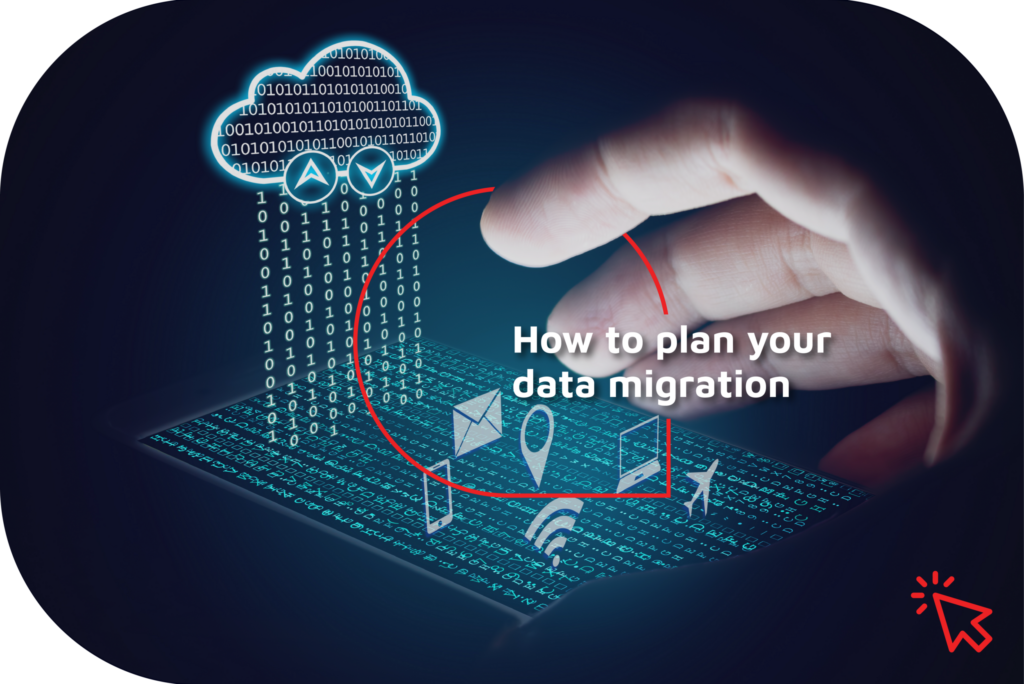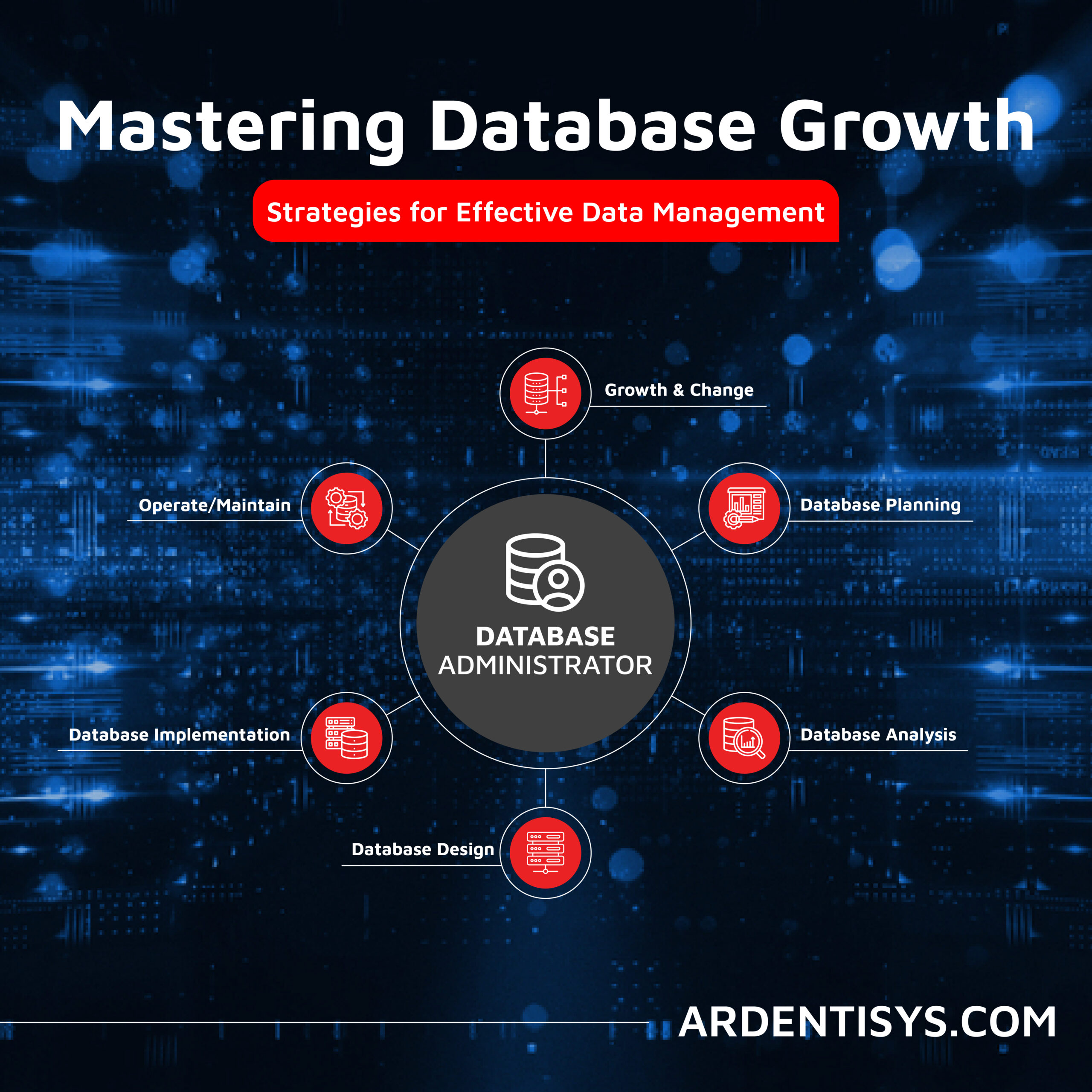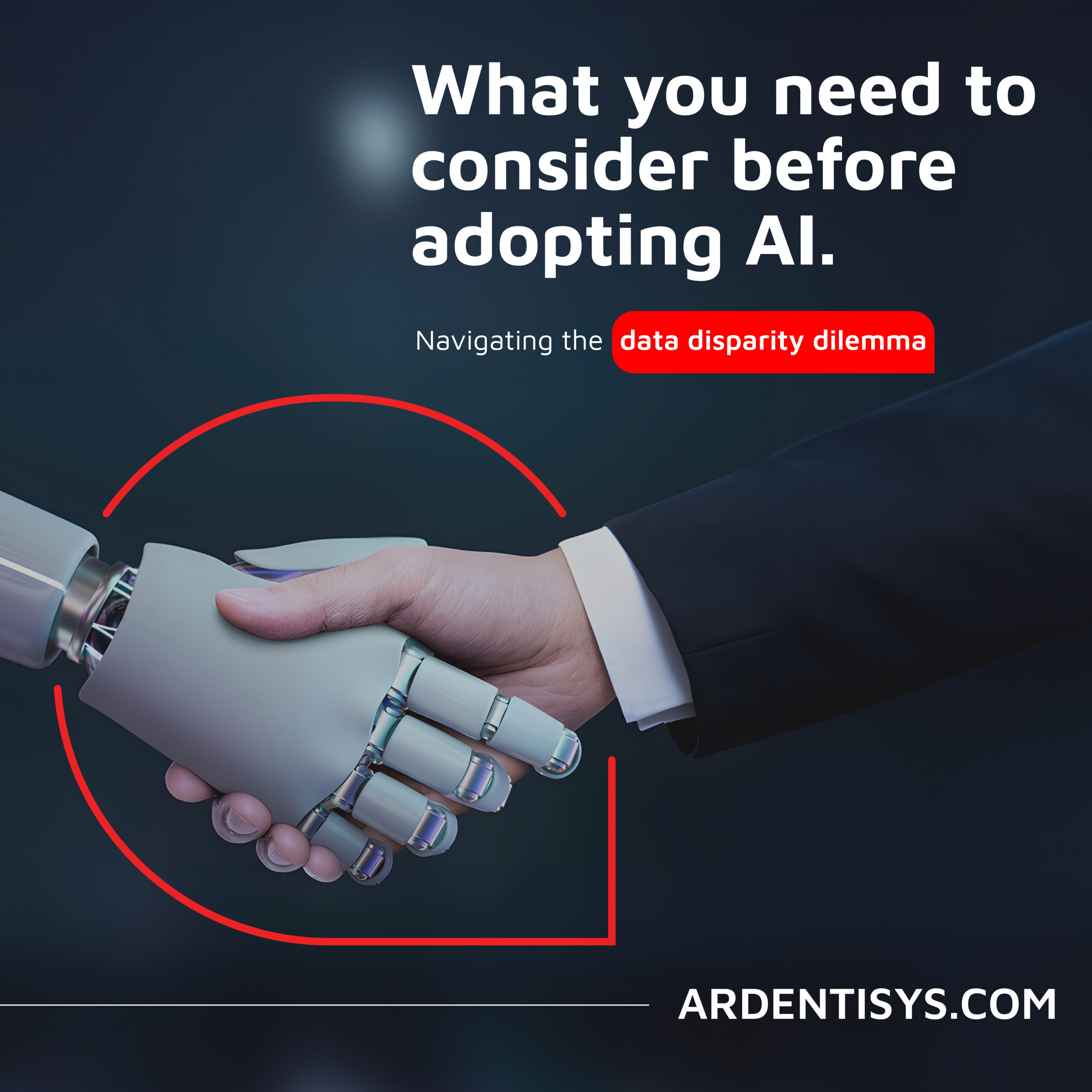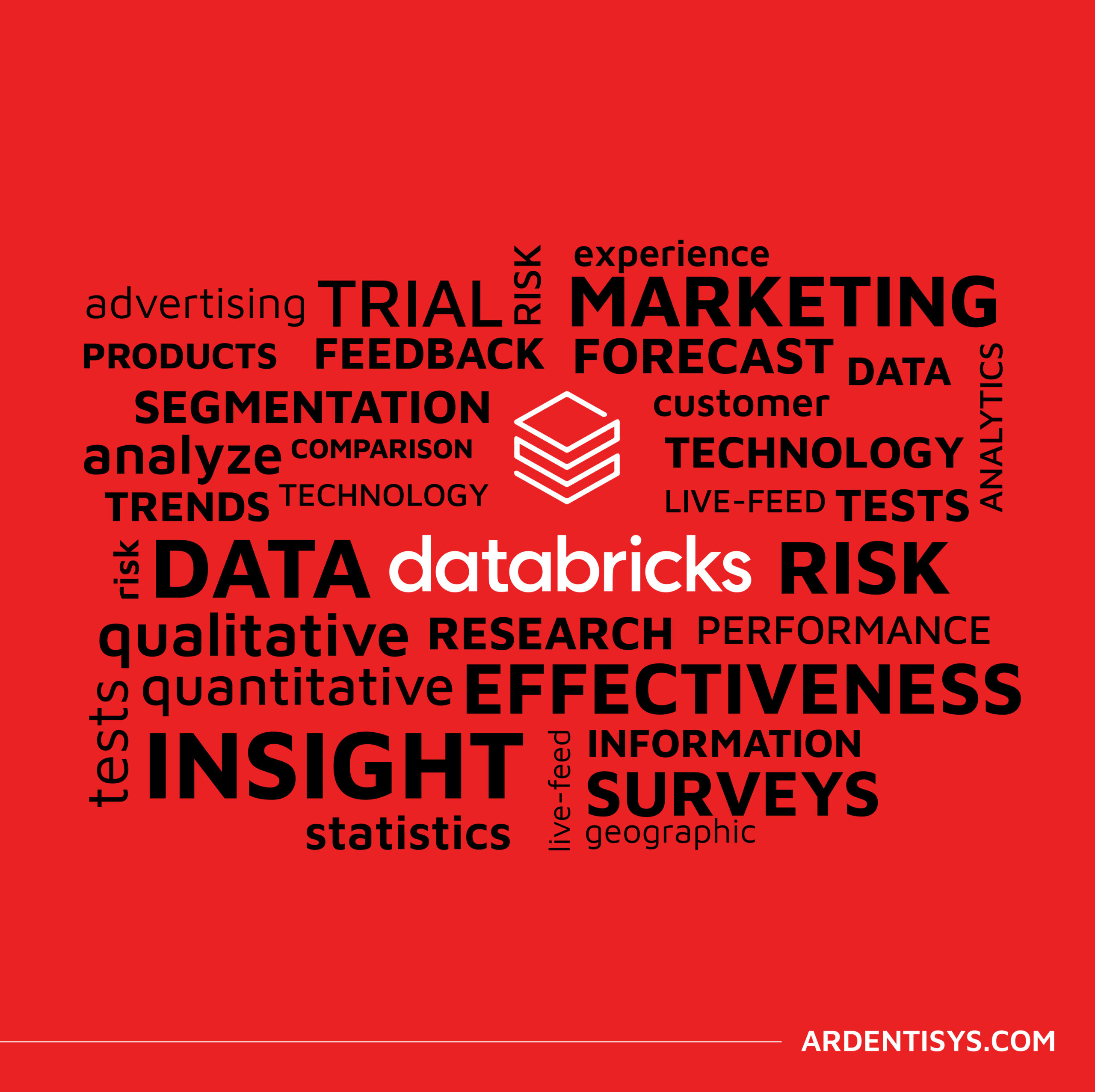Migrating your data to the cloud – what you need to know
11 November 2022 | Noor Khan

Making the decision to move your data to the cloud is an important one, and it needs to be carefully considered before you start. The three essential stages of cloud migration cover: analysis of both your business needs and technical operation, risk analysis and a plan for the scope of the migration process and the managed service operation.
It is essential that before you start moving your data, you have identified what platform/s operate in line with your needs, have the tools that you require, and can be operated by your staff or team – or the training is available to give them the information they need to handle the program.
Understanding your data and creating a data migration plan
In order to make your data migration more streamlined and efficient, you need to know what data you are working with. If you do not fully understand your data, or have inefficient processes, this can cause extra work, duplication of data, or the transfer of obsolete information into your new cloud environment.
When creating your migration plan, consider how you will transfer the data across, and when you will remove it from your existing systems (it can be better to do this after the transfer is complete, in case there are any issues with the data during transfer).
Read the article on how to plan your data migration.

If you are not fully versed in cloud migration, or do not have the skillsets to perform this in house, using a cloud-migration service provider can make the process easier and with less risk to the integrity of the databases, data, and cloud setup.
Find out what to look out for when looking for a data engineering partner
Determining your level of cloud integration
How much of your data will you be transferring to the cloud, and what level of integration are you planning on using? Shallow integration (also known as “lift and shift”) involve moving the data from on-premises architecture to the cloud platform as they are, which can be more manageable – this may also seem cheaper than deep integration, however maintaining these materials can raise costs considerably.
Deep integration takes the data from the original OS and makes them as close as possible to cloud-native resources, which can save on maintenance costs and benefit the cloud infrastructure in the long term.
Handling data integrity and operational issues
It is important to know how much of your data will be usable in existing formats, what should and must be converted, and how your chosen tools work with each other – if you do not evaluate this before starting, you can find significant problems or delays during the process if you later discover incompatible programs or datasets.
Migrating data online or offline
Whether you decide to migrate online or offline it will largely depend on your business needs, how much data you are processing, and whether you are using a public or private network. It is important that you consider your budget and costs at this stage, as bandwidth can be an extra expense.
The process for transferring to a cloud service can be complicated and it does require careful thought at each stage, but if you manage it carefully, and consider what your business needs are, the process can help to evolve and grow your business into an increasingly digital world.
Migrating data from one cloud to another
Many organisations migrate their data one from cloud to another. If your data cloud provider is not meeting your expectation or has limitations when it comes to effectively handling and storing your data, you can migrate your data to another platform. This can be a costly process, therefore you will need to ensure you are choosing the better alternative that will provide an ROI.
Read about migrating data from Microsoft to AWS and migrating your data from Oracle to Redshift.
Migrating your data to the cloud with Ardent
Ardent work with you to understand your needs and requirements and present a solution fit for you to maximise on the potential of your data. Whether you are looking to migrate from one cloud to another or from on-premise data stores to the cloud, we can help. Our data engineers have worked with hundreds of clients to deliver their data migration solutions successfully. Get in touch to find out more or to set up a quick call to get started.
Find out about data migration strategies and choosing the right one for you.
Ardent Insights

Overcoming Data Administration Challenges and Strategies for Effective Data Management
Businesses face significant challenges to continuously manage and optimise their databases, extract valuable information from them, and then to share and report the insights gained from ongoing analysis of the data. As data continues to grow exponentially, they must address key issues to unlock the full potential of their data asset across the whole business. [...]
Read More... from Migrating your data to the cloud – what you need to know

Are you considering AI adoption? We summarise our learnings, do’s and don’ts from our engagements with leading clients.
How Ardent can help you prepare your data for AI success Data is at the core of any business striving to adopt AI. It has become the lifeblood of enterprises, powering insights and innovations that drive better decision making and competitive advantages. As the amount of data generated proliferates across many sectors, the allure of [...]
Read More... from Migrating your data to the cloud – what you need to know

Why the Market Research sector is taking note of Databricks Data Lakehouse.
Overcoming Market Research Challenges For Market Research agencies, Organisations and Brands exploring insights across markets and customers, the traditional research model of bidding for a blend of large-scale qualitative and quantitative data collection processes is losing appeal to a more value-driven, granular, real-time targeted approach to understanding consumer behaviour, more regular insights engagement and more [...]
Read More... from Migrating your data to the cloud – what you need to know






